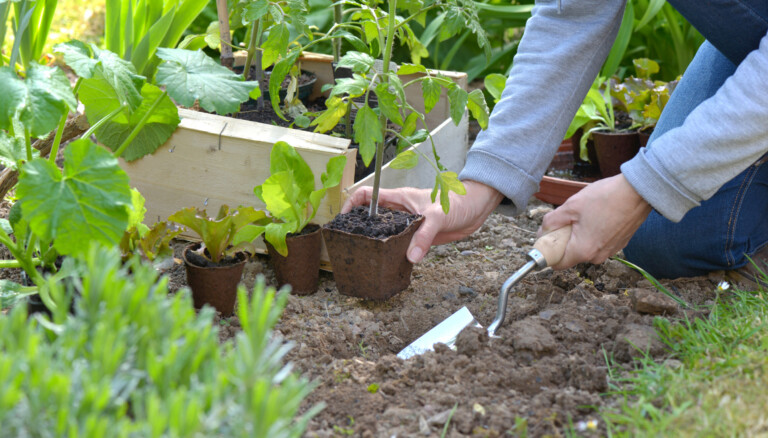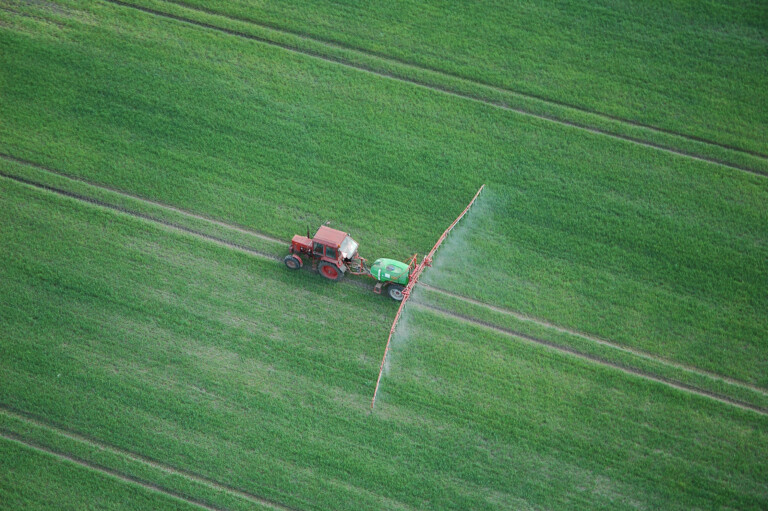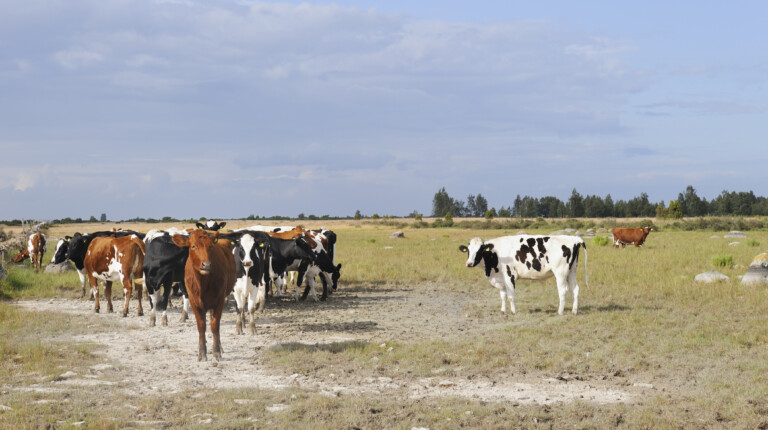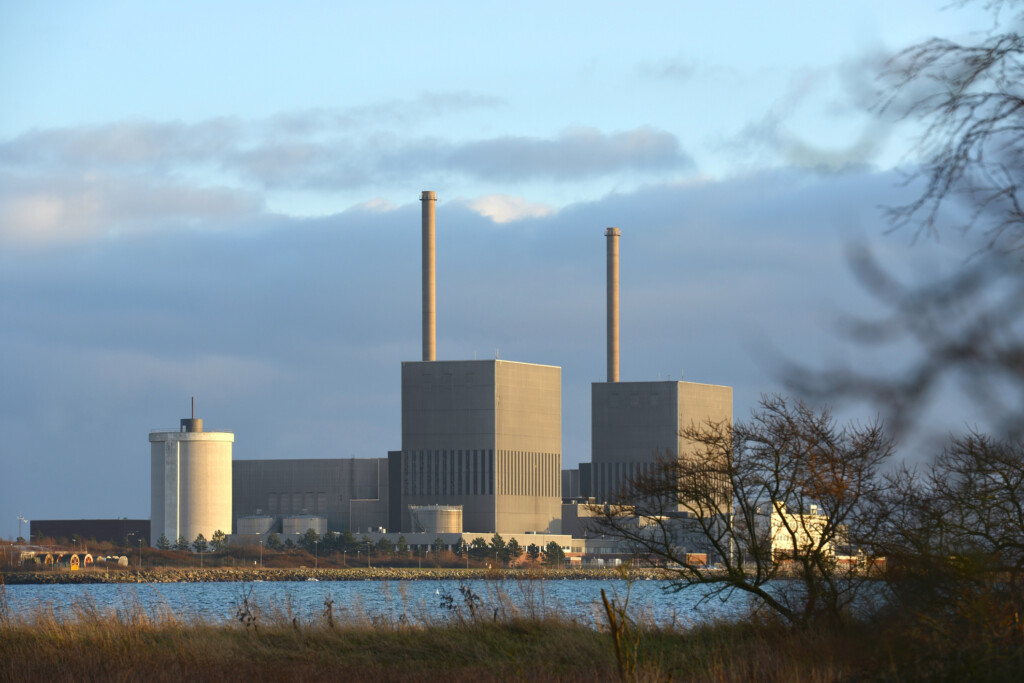Sustainable cities
Studying the health effects of a plant-based diet

To reduce our carbon dioxide emissions, we’ve got to change our dietary habits and do things like reduce our meat consumption by choosing plant-based alternatives. But what does it mean for our bodies when we cut down on meat and get the all-important proteins from the plant kingdom instead?
Prenumerera på Extrakts nyhetsbrev!
Läs mer
Håll dig uppdaterad! Få kunskapen, idéerna och de nya lösningarna för ett hållbart samhälle.
Personal data is stored only for the mailing of Extrakt newsletters and information related to Extrakt’s operations. You can cancel the newsletter at any time, which means you will no longer receive any emails from us
When you eat a meatball or piece of pork fillet, the food is broken down mainly in the small intestine, which is also where most of the nutrients are absorbed by the body. But if you eat a bean patty or soy sausage instead, the breakdown process won’t look the same. Different proteins are broken down in different ways, and in different places in the gut.
“Plant-based proteins break down less efficiently in the small intestine, which means that not all nutrients are absorbed there,” says Robert Brummer, professor of gastroenterology and clinical nutrition at Örebro University. “The breakdown, in the form of fermentation, thus continues on in the large intestine. This is problematic because the bacteria that manage the breakdown in the colon at the same time produce substances that can be unhealthy for us and can negatively impact our gut health, insulin sensitivity and even mental health,” he says.
“Having said that, it’s important to point out that plant-based proteins are not bad but they can also have negative health effects we need to know about and be able to avoid when we switch over to plant-based foods.”
Lack of knowledge about plant-based proteins
According to Brummer, there is still a lack of knowledge about the consequences of an exclusively plant-based diet.

“We know, for example, that meat can contain some unhealthy fats that involve a risk of bowel cancer. But for plant-based proteins, we lack an understanding of the potential consequences, so it’s essential to do this type of research. Vegetarians, for example, often eat more dietary fibre. Perhaps this is what protects against any negative effects? But what if everyone switches to plant-based proteins without making adjustments to the rest of their diet? Perhaps the effects will not be only positive.”
In the multidisciplinary initiative Plant-based proteins for health and wellbeing, several higher education institutions together with the business community will investigate plant-based proteins from several perspectives, from food production to human health and well-being.
How plant-based proteins break down in the gut, and where this occurs, is part of this multidisciplinary effort. In the project, the researchers will use a small sensor equipped with a camera that is sent down into the intestines.
“The idea is that with the sensor we can study exactly how the breakdown occurs. So, for example, the sensor will enable us to see how both proteins and polysaccharides (a group of carbohydrates) are broken down while filming where this occurs in the gut.”
The sensor can see where food is broken down
According to Brummer, the advantage of this technique is that researchers can carefully study individual differences inside the intestine as well as what happens when someone makes a dietary change. These studies are otherwise difficult to perform because they demand a lot from the individual, who has to be on different dietary regimens over longer periods of time.
“Since the sensor records everything that happens, we only need to follow one person for a few days. The sensor is highly sensitive, meaning that it can measure tiny differences and can thus provide a large amount of information.”
The method also has other advantages over methods like stool samples and endoscopy, which do not enable scientists to see where and how the breakdown itself occurs.
“It’s important that polysaccharides and dietary fibre are broken down throughout the large intestine. If the breakdown occurs only in the first section of the large intestine, the risk of a disorder in the lower part of the large intestine increases, which in turn can lead to different types of inflammations and diseases.”
A combination for the best nutrient uptake
The project will initially start on a small scale, where the researchers will test several hypotheses describing how the polysaccharides and proteins break down, and will then scale up.
“Our aim is to gain a better understanding of how to eat in order to optimally absorb plant-based proteins. Maybe they need to be processed in some way before we eat them, or maybe we should combine the proteins with a certain type of food in order to get the best nutrient uptake and breakdown possible.”
The researchers hope to have a first prototype of the sensor ready in about a year, and the first results in two years.
More about the research centre
The purpose of the research centre Plant-based proteins for health and wellbeing, or PAN, is to study the entire chain – from food production to human health and well-being. The focus is on the shift from animal to plant-based proteins. In addition to investigating how plant proteins break down in the gut, the researchers will also study how different processes, such as the processing of a raw material into ready-made foods, affect plant-based proteins and what it is that makes plant-based proteins taste good in terms of flavour and structure.
PAN is one of the four centres for sustainability and competitiveness in the food system being funded by the Formas Research Council. The purpose of these centres is to contribute to development and innovation and to improve knowledge and expertise throughout the food chain through close collaboration among researchers, the business sector and other stakeholders in society. The investment allocates 192 million kronor to four centres and a large number of participating organisations across Sweden.








